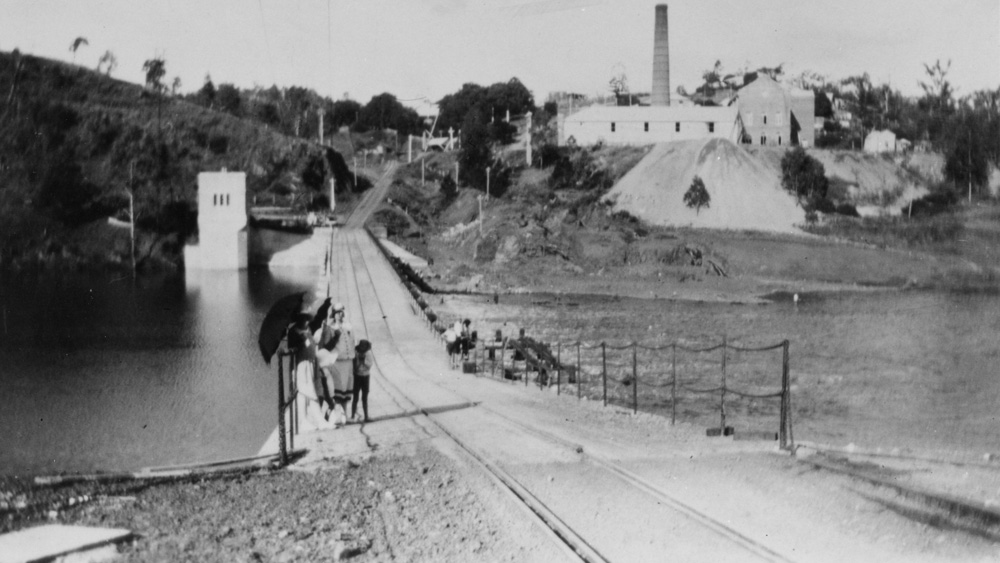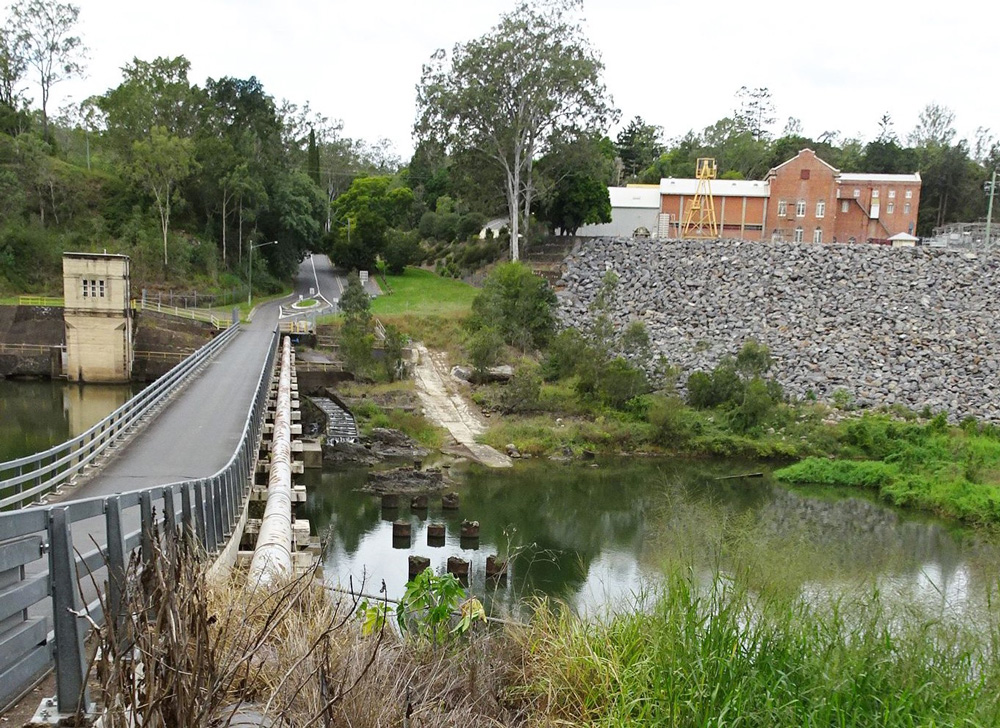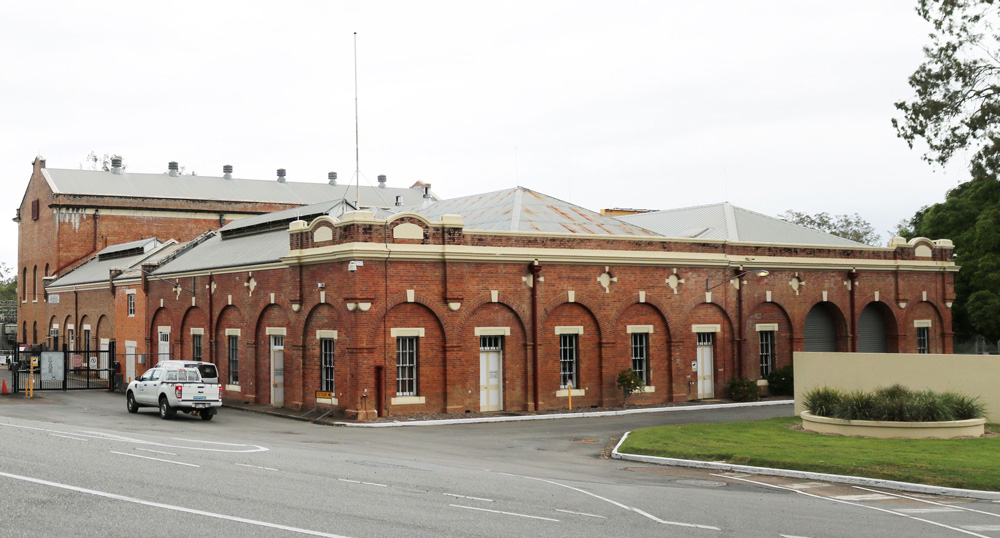Mount Crosby pumping station complex
What
The Mount Crosby pumping station dates from 1892 and shows the substantial infrastructure that was required to supply water to early Brisbane.
Image gallery
When and where
The Mount Crosby pumping station is already listed on the Brisbane Heritage Register, with the application to have it listed on the Queensland Heritage Register made in April 2019 by the Mount Crosby Historical Society.
The Queensland Heritage Council made a decision to list the complex on the Queensland Heritage Register at its October 2019 meeting.
The complex is located in an attractive rural environment, 24 km south-west of Brisbane’s CBD.
Facts and figures
The individual components of the Mount Crosby pumping station complex that have been listed on the Queensland Heritage Register include:
- The 1892 pumping station with its attractive brick facade and setting
- Workers’ houses, built in 1891-92 to provide employee accommodation
- Associated infrastructure and industrial remains representing the pumping station’s technological phases
- A collection of matching, small timber houses and their yards
- A meeting hall and landscaped recreation area
- Terraced gardens on “Works Hill”, and
- Structures built in and next to the Brisbane River including the intake tower, the 1926-28 weir and overbridge, remains of the 1899 bridge across the Brisbane River, and the 1941 fish ladder.
- The fish ladder, the earliest known in Queensland, addressed an unforeseen issue arising after the weir was built. Anglers noticed mullet numbers, once plentiful, were in decline, and farmers expressed concern about higher numbers of leeches, controlled by the mullet as a food source, affecting their cattle.
- The fish ladder cost £250 and by April 1941 the Fisheries Department reported that large numbers of young mullet were using the ladder and stocks upstream were swiftly replenishing.
- The Mount Crosby pumping station was heavily fortified against enemy attacks during World War II. Protecting south-east Queensland’s water supply was crucial, and in 1942 three anti-aircraft guns were placed at high points around the pumping station, a military camp was set up near the station, and windows on the northern and eastern facades of the station were bricked-in. But by 1943 the perceived threat had abated and all military installations were removed.
- The Mount Crosby pumping station was established by the Brisbane Board of Waterworks. It was taken over by the Brisbane City Council in 1928, is now managed by Seqwater, and continues to provide Brisbane and surrounds with clean and safe water.
Reflections and learnings
“The Mount Crosby pumping station complex retains numerous layers of waterworks in good condition and is in many senses a time capsule of water infrastructure from many historical periods.
Through its alterations and expansions over the years to improve the city’s water supply, the complex is living history, showing advances in water pumping technology from steam in the late-19th century to electric in the mid-20th century.”
—Debbie Best, Chair, Queensland Heritage Council
Find out more
Further information on the Mount Crosby pumping station complex is available at Mount Crosby Pumping Station Complex.





